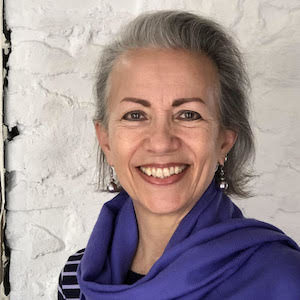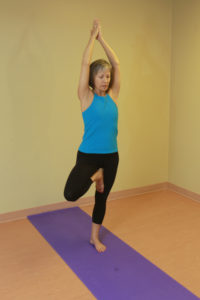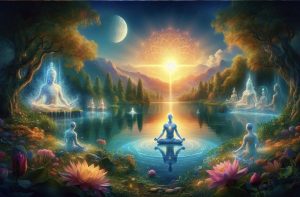Over the lifespan of human existence, many ‘thought models’ have emerged through which we attempt to understand who we are — psychological, biological, social, philosophical, yogic, religious, etc. In more recent history, as technologies accelerated the synthesis and integration of knowledge and experience, acceptance has grown for a more holistic framework not unlike the one illustrated above.
Mind-body-spirit connectedness and integration is increasingly recognized as a wellness contributor. It is associated with greater mental health, self-acceptance, and a sense of meaning and purpose. Within this context of wholeness, including our relationships with all beings, unveiling and expressing our true self is characterized by spontaneity, authenticity, and a sense of being alive (Donald Winnicott).
In order to experience our true self, more schools of thought agree that the defensive facade of our ego must be dropped. Our defensive egos, constructed in our mind, emerge as adaptations to social expectations and protections against perceived harm. Often these defensive reactions form in childhood when we are great observers of life but inexperienced interpretors. For those of us who continually choose to react from a defensive stance, our true self is overshadowed and our ego becomes our identity.
The ego is … an illusion, … a very influential one. Letting the ego-illusion become your identity can
prevent you from knowing your true self. Ego, the false idea of believing that you are what you have or
what you do, is a backwards way of assessing and living life. Wayne Dyer
In yogic thought, these defensive reactions are referred to as mental disturbances and distractions. Many of you may recognize them as constantly whirling negtive thoughts and emotions. It is this mind-stuff of the ego, we are attempting to drop. Through various yoga practices including physical postures, breath regulation, inner sensory awareness, concentration and mental absorption, the mind eventually quiets. As the layers of habitual disturbances and distractions are released, this inner journey reveals the body’s innate intelligence, and the spirit’s intuitive wisdom.
In my experience, it took many years of practice to accept that the impermanent aspects of myself (mind and body) are not who I am but rather marvelous gifts through which I can express my true self, my intuitive creative spirit. Whether I am watching my body and mind heal and transform or creating from my spirit, writing a poem truly illustrates this holistic integration.
Now We Wait
Chaos’s swirling possibilities, once,
felt safer than stillness. Stillness
wants for the company of silence.
Thus, busyness must be put away.
Inaction must take hold for the ego to slow
its striving momentum, for the patient soul
to rest and contemplate its sweet unfolding.
So, now we wait.
For what do we wait? For a subtle cue.
For all to be shown to us. For harmony
with divinity and nature, so once again,
we can serve in the world with integrity.
For more yoga actions and teachings, click here. Namaste.





